Emergency Communications
Emergency Radio Communication Plan For Disasters
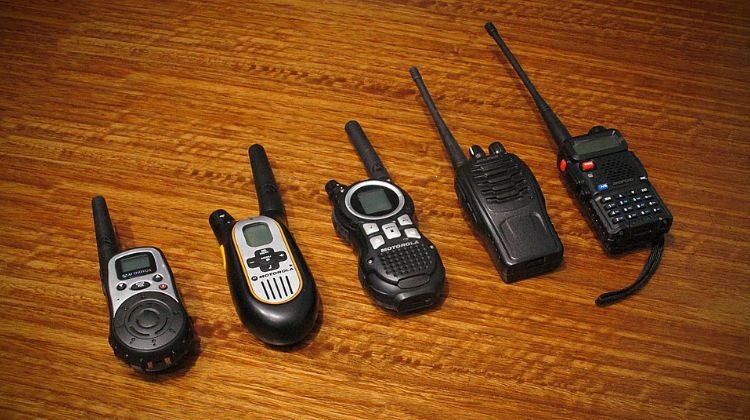
Do you have an emergency radio communication plan? When emergencies occur and normal communication goes silent, contacting each other and learning what’s happening become paramount. In a split-second you can have no way to communicate. Facebook is out. Skype won’t work. Email is out, the Internet may be out, and your cell phone has dwindling battery power but won’t connect because all the remaining cell phone resources are being used by emergency, medical and law enforcement personnel. A disaster is not the time to begin thinking about an emergency radio communication plan for you and your family. Make sure you get prepared long before.
What To Consider Before An Emergency Occurs
Family Communication Meetings
Set a date and time for the entire family to meet and discuss the disaster plan. Discuss with family and write down what should be included in the plan such as reunion points, emergency numbers and information, medical release form for each minor child, important family records, CPR training and the items mentioned below. Consider others ways of communication, such as emergency radio communication, if cell networks fail and the Internet goes down.
Reserve Water
Water is essential for survival. Depending on the disaster, you likely will not have your water available. Stocking water reserves or purifying contaminated water should be among your top priorities also. At a minimum, store a 72 hour emergency supply of water for each member of your family.
Create Disaster Backpack Kits
It may take hours, days, weeks…you just don’t know. The Emergency Survival Kits you can create yourself using a backpack or purchase online but should contain the essentials to survive at least 72 hours or more. The kit should contain items such as food and water, first aid kit, light, communication, shelter and warmth, tools, hygiene and sanitation, extra prescription drugs and medication, eye glasses and anything else that might fit in a backpack that you can just grab and go.
Discuss Utility Safety
Water quickly becomes a precious resource following most disasters. It’s very important that everyone in your household learns how to shut off water at the main valve in case of cracked water lines that might pollute water supply to house and the effects of gravity may drain the water in your hot water heater and toilet tanks unless you trap it in your house by shutting off the main water valve.
Do Home Hazards Checklist & Action List
Earthquake deaths, injuries and property damage are usually caused by falling and moving objects. Chances are you’ll probably be home during an earthquake so how safe is your house?
Food Storage and Rotation Tips
Store wisely the items that will keep for a long time and put dates on everything.
Review Plan Every 6 Months
The plan needs to be reviewed and updated periodically to keep every family member refreshed.
Keep reading below to learn more about emergency radio communication from advice on how to use them to what products you should add to your disaster kits.
Emergency Radio Communication Disaster Plan Information:
Emergency Broadcast Radio
You can listen to emergency broadcast radio (535 to 1605 kHz AM, 88 to 107 MHz FM) and TV (54 to 806 MHz) or high-frequency broadcasts from other locations for your emergency radio communication plan. Accomplish this by using a shortwave radio receiver to monitor news, weather and status coming from other countries.
International shortwave stations transmit using World Band Radio (special news and special interest programs that are transmitted using shortwave) as well as amateur radio (ham) operators, ships and aircraft, military, weather stations and science outposts. The Voice of America is one of the major shortwave broadcasters. Short Wave Listeners (SWLers) avidly listen to these broadcasts.
The shortwave receiver covers about 3 MHz up to 30 MHz and receives radio signals from around the world. Signal quality depends on location, time of day—night is better for reception—and transmission strength—up to 1 million watts—far stronger than a 50,000-watt local AM radio station.
Listening is critical to receiving disaster status information, but without telephone, cell phone (900 MHz to 2400 MHz), or WiFi (2.4 to 5.0 GHz), two-way communication is limited to just a few options—Citizen’s Band (CB) radio and Short Wave Ham radio. Use these as your emergency radio communication plan to talk with your family down the road or neighbors a few miles away.
CB Radio
The Federal Communications Commission (FCC) allocates a frequency range between 26.965 and 27.405 MHz for CB public use communication that could be used for emergency radio communication. There are up to 40 channels in this 11 meter band. CB is popular with truckers, RVers, hikers, campers, road travelers and cruisers afloat. Fixed, mobile and hand-held CB transceivers are available that operate short range.
Figure 1 and Figure 2 show two hand-held CB radios. They are advertised to reach out up to 16 or 35 miles. These are line of sight transceivers, so they work best where no buildings or hills block the signals. Their typical range is about a mile. Even on open sea, CBs can work up to 10 miles, but they work best as short range communicators.

- Fig. 1 – Cobra CD80

- Fig. 2 – Motorola MR350R
Figure 3 shows a 4 watt Cobra 19 DX mobile transceiver capable of 2-way communication over all 40 CB channels at frequencies of 26.965 MHz up to 27.405 MHz. These are called 11 meter devices.
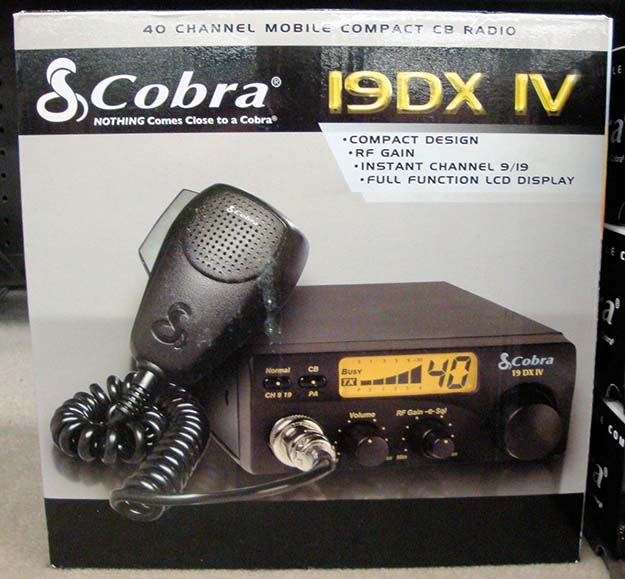
Mount it in a vehicle or boat although some people use them as a standalone transceivers in fixed locations. Operating range depends on the antenna used. Select the antenna for the frequencies intended for use. The antennas for the hand-held transceivers shown in Figures 1 and 2 are just a couple of inches long. For the Cobra in Figure 3, the antenna used can be between 36” and 102” in length.
Figure 4 shows a Midland 5001z CB transceiver that transmits at 4 watts over all 40 CB channels. Like its smaller handheld cousins, the Midland 5001z operates on the 11 meter band and performs well using line of sight—it’s been known to easily reach out 10 to 20 miles. Mount it in your vehicle for an alternative.
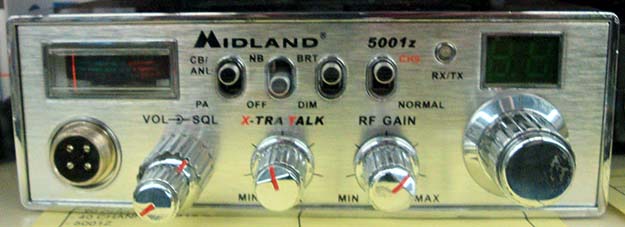
- Fig. 4 – The Midland 5001z CB transceiver
At the upper end of 2-way CB communication are single sideband CB radios such as the Cobra 29, the Cobra 148 GTL, and the Uniden Bearcat 980 that can output at up to 12 watts. Both sender and receiver must be using the same settings for 2-way communication.
CBers have developed their own slang language based on the first heavy users—truckers, and a Google search can introduce you to hundreds of terms—much like Facebook slang. Thus “break” means “I want to interrupt and get the channel so I can communicate with you.” “Comeback” means “Repeat.” “How do you read me?” means “How strong is my signal?” “Back at yah.” means “Over” or “Back to you.” “Bring it back” asks for an answer back. “You’re bending the needle.” means you have a clear, strong signal. So does “Five by Nine.” And “What’s your 20?” asks for your location. “Clear”—“I’m signing off.”
Shortwave Radio
The next step up is shortwave ham radio. Here the power transmitted is higher—5, 10, 25 and even 50 watts. The FCC strictly controls Ham radio, and policing of the authorized frequencies is assisted by the ham operators themselves. Their ham radios operate at frequencies wavelengths of 10 meters, 8 meters, 4 and 2 meters—the higher the frequency, the smaller the wavelength in meters. The equipment is more expensive, but they have much greater range. A nationwide system of repeaters at 144 MHz and 440 MHz enable ham radio signals to reach nearly seamlessly around the world. There are even small 2 and 4 watt, 2 meter “handi-talkie” devices that can communicate up to 50 miles away at 144 MHz.
Figures 5 and 6 show the UV-5R V2+ hand held transceiver made by Bao Feng in China and distributed in the U.S. by Foscam Digital Technologies in Texas. Find them sold under the name “Pofung.”
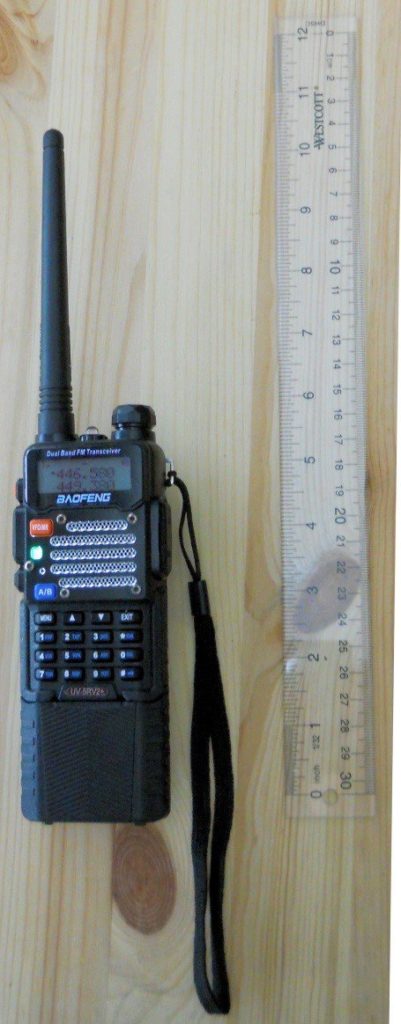

Baofeng UV-5R V2+ transceivers (Photos courtesy of MCHS ARC – Mount Carmel High School Amateur Radio Club in San Diego, California.)
Each of the Baofeng transceiver radios have an extended battery pack installed giving these devices amazing performance. The Baofeng UV-5R V2+ radio transceiver with extended 7.4V Lithium ion battery pack transmits on the 2 meter band between 138 and 174 MHz and on the 70 cm band between 400 and 480 MHz. It can also receive transmissions in the public service and aircraft bands, as well as the expanded FM broadcast band between 65 and 108 MHz. It can output at 1, 4 or 5 watts.
Figure 7 shows an ICOM 2820H dual band FM transceiver.

- Fig. 7 ICOM IC-2820H mobile and base station transceiver. (Photo courtesy of MCHS ARC.)
Like it’s Baofeng cousins, the IC-2820 transmits on 144-148 MHz and 430-450 MHz. It receives 118-550 MHz signals with the cellular frequencies blocked. It operates on 13.8 volts DC and transmits at 5W, 15W, and 50W output power on both the 2 meter and 70 centimeter bands.
Figure 8 shows an ICOM IC-910 UHF, VHF, and satellite transceiver.

- Fig. 8 – ICOM IC-910 satellite transceiver. (Photo courtesy of MCHS ARC.)
Ham radio operator signals travel long distances using ground wave, ionosphere bounce and satellite bounce. There have even been communication transactions between ground stations and orbiting space craft. The type and length of antenna are key factors in how far a shortwave signal will travel. Repeaters mounted on the tops of mountains and high hills enable the signals to get around obstacles.
During the Hurricane Katrina disaster, ham radio operators were instrumental in sharing information and news. Hams also used a phone patch on their equipment to enable disaster victims to talk with family and friends located hundreds of miles from the scene.
Identify Ham radio base stations by the tall antennas (antenna farms) near buildings and long, 102 inch whip antennas bent over vehicles. Hams are key players in our nation’s emergency communication infrastructure. We are fortunate they are among us.
Can’t afford a ham radio license and multiple shortwave comm equipment? A hand-held CB radio can be ideal for quick and easy communication in a changing environment where mobility at a moment’s notice is critical. You must use whatever emergency radio communication plan you feel is best for you. Your survival may well depend on it.
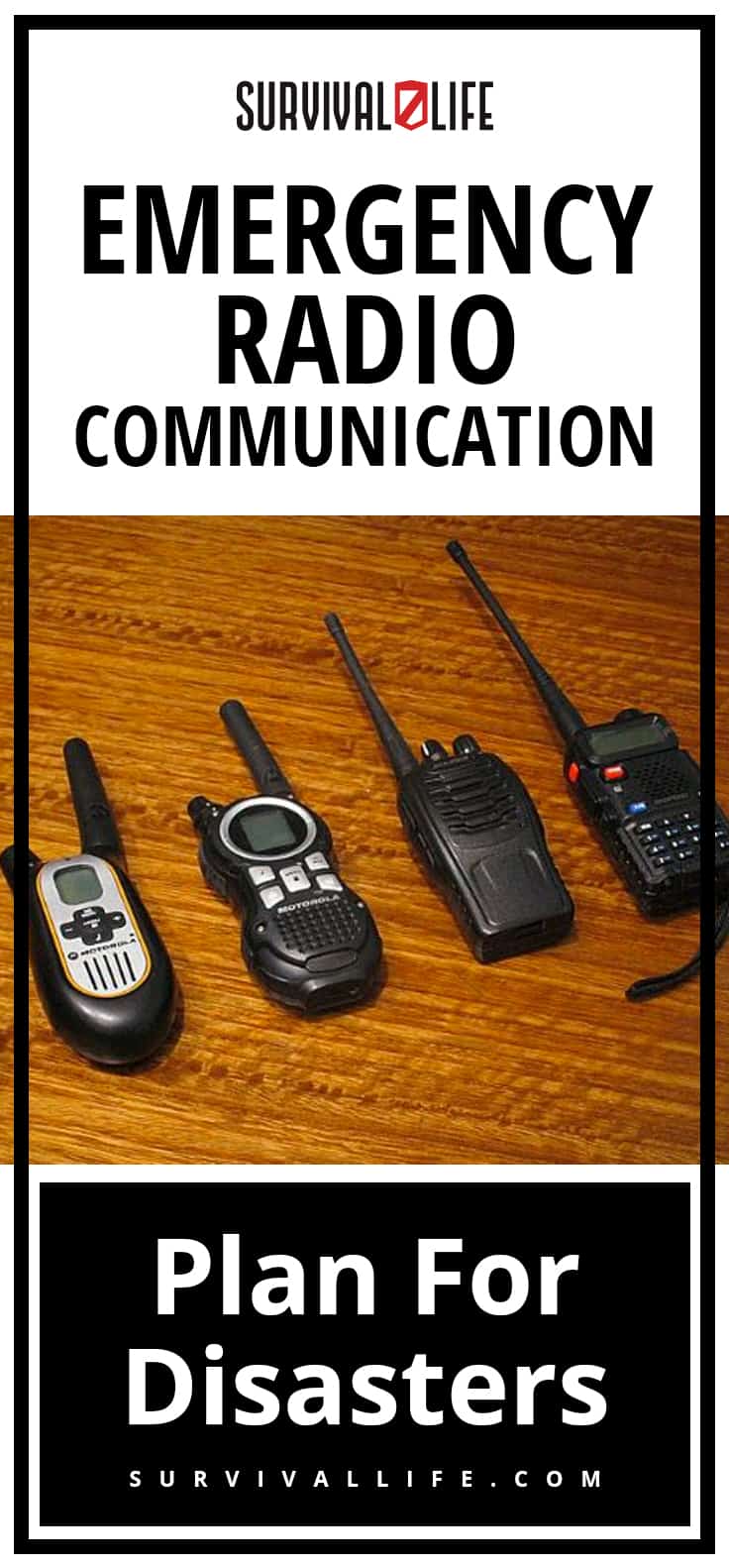
For awesome survival gear you can’t make at home, check out the Survival Life Store!
Featured image via pixabay
-

 Do It Yourself7 months ago
Do It Yourself7 months agoParacord Projects | 36 Cool Paracord Ideas For Your Paracord Survival Projects
-

 Do It Yourself9 months ago
Do It Yourself9 months agoHow To Make Paracord Survival Bracelets | DIY Survival Prepping
-

 Do It Yourself9 months ago
Do It Yourself9 months ago21 Home Remedies For Toothache Pain Relief
-

 Do It Yourself10 months ago
Do It Yourself10 months agoSurvival DIY: How To Melt Aluminum Cans For Casting
-

 Exports8 months ago
Exports8 months agoAre Switchblades Legal? Knife Laws By State


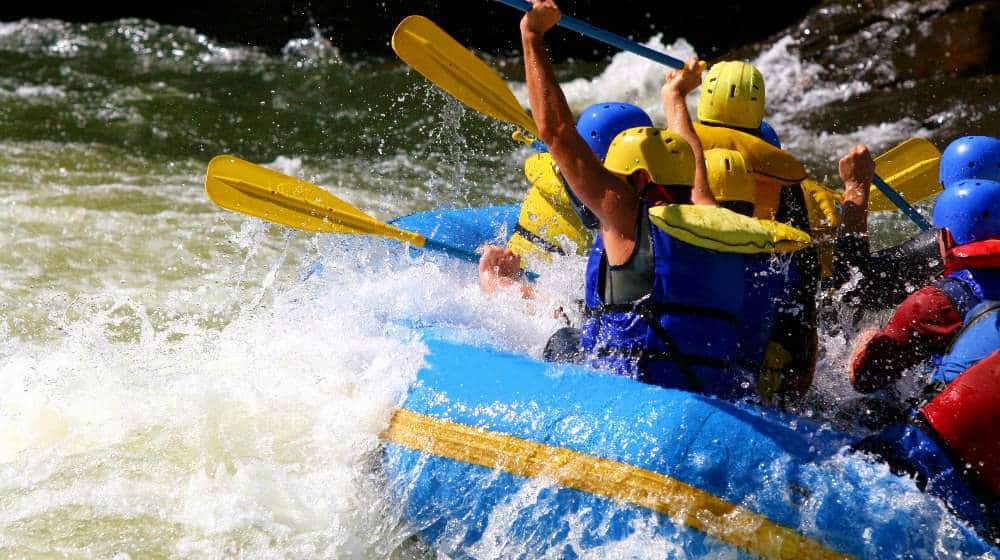

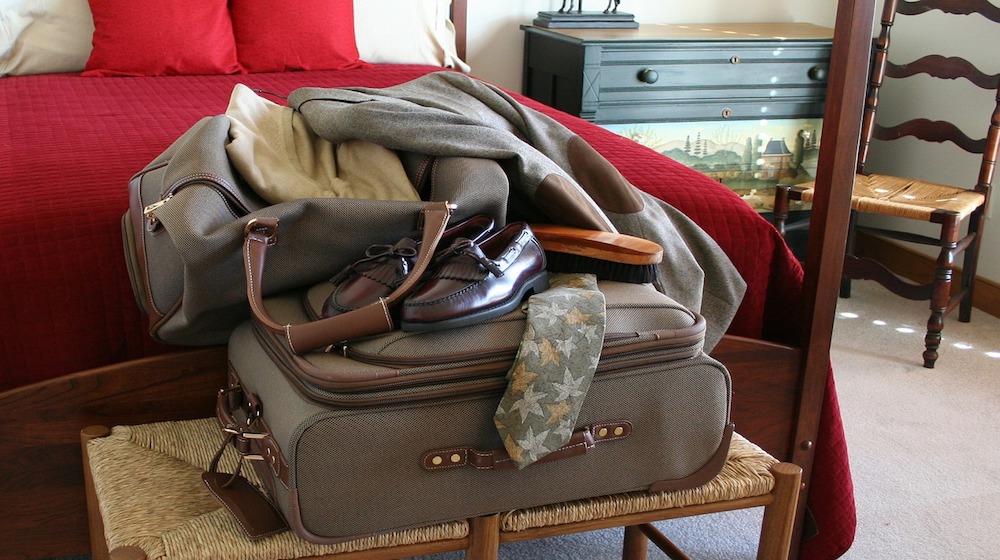

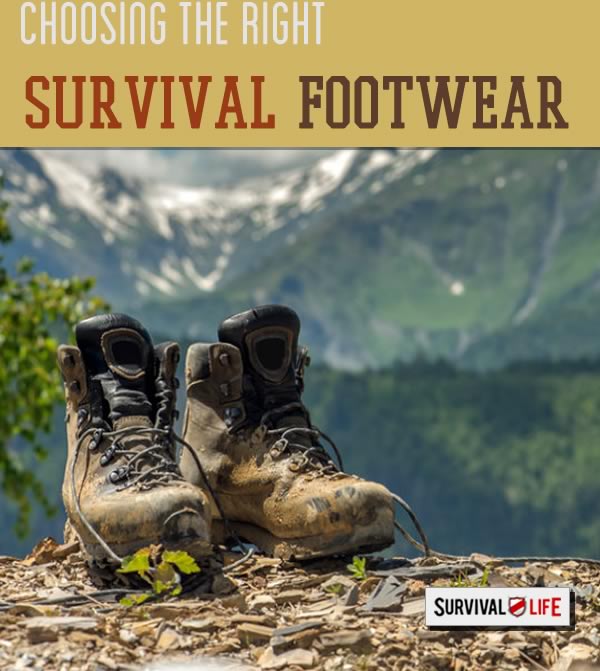

Lee Griggs
February 22, 2016 at 9:45 AM
All well and good – to a very limited point. First of all if there is a true communications emergency in this country your cell phone will be useless as the cell towers and Internet links will go down very quickly. It has been shown in prior emergencies that the cell phone becomes a useless weight.
Second: What you have not covered is what will happen to communications in the event of a man made or natural event – EMP. ALL communications will be down at that point. Any electronic devices not protected from EMP radiation will be out of use. We have begun collecting OLD tube type communications equipment which has no new electronic chips, etc., and will “most likely” continue to operate in the event of a EMP event.
On top of that, many ham radio operators – and others have been backing up electronic equipment by storing duplicate items such as hand-held transceivers in commercial or home-made Faraday cages (containers) It is quite simple to store away a pair of inexpensive transceivers and accessories that will enable communications following the event.
Survivalists, preppers or whatever they are called, should be looking closely at preparation for a EMP event.
It’s not IF but WHEN it will happen. Could be a quick as tomorrow and everything will change. Over 99% of all electronic devices will be inoperative. No power, phone, limited vehicle use, generators, etc. Even solar systems will be affected. It is simple to prepare a solar system against an EMP attack while the system is still in use. This will provide power after the event and those who have planned ahead will be ahead.
Pingback: How to Stay in Touch After a Crisis | Survival Life
Pingback: How To Add Emergency Information On Your Android Device | prepping tips
Clay Jones
April 3, 2018 at 10:16 AM
I’d like to point out that the ham radio gear shown and described is not shortwave. It is VHF and UHF. These models are fine for fairly short range communication but are not high power shortwave units. Amateur HF radios operate between 2 and 30 mhz at power levels up to 1500 watts. Also, assuming there’s still a government, licenses are requires to use these radios on amateur frequencies. I recommend getting licensed. You’ll learn a lot about how to communicate off the grid. Besides, it’s fun.
Lee is correct when he points out that most electronics (cell phones, TVs, radios) will be useless if the event is an EMP. Modern digital gear and even cars with electronic ignition (everything made after the late 70s) will also be inoperative. Hang on to the old clunker!
Dan
April 3, 2018 at 10:38 AM
Don’t you need a license for a HAM radio? Or can you use one in an emergency without a license?
Anonymous
April 3, 2018 at 10:30 PM
Use it! It’s an Emergency!
Tim, KE8JHO
May 27, 2018 at 7:17 AM
Only life or property!
Bill
April 7, 2018 at 4:17 PM
What was not mentioned is VHF marine band. Operating between 156 and 174 MHz, transceivers for water craft are rated at 25 watts output. With a proper antenna and at some altitude, communications are easily maintained at over 20 statute miles. Over water, theoretically up to 60 nautical miles. As for concerns about licensing, it it comes to the point my cell is’t operational because the system is down, let them come fine me. Marine can be useful for inland communications between known parties because of the lack of competition. CB will be so crowded it may be useless, and people running 500 and 1000 watt linear amps will wash out everything else. If you are attempting to communicate with family, I’d suggest developing an encoding system. Voice will be open to anyone listening, and your location will be nearly instantaneously known to any government agencies via triangulation. Be ready to move as soon as you close transmission.
Pingback: Disaster Communication For Preppers | Preparedness
Pingback: Disaster Communication For Preppers | Preparedness - Survive!
Art
May 27, 2018 at 8:42 AM
Since cell phones became commonplace, CB radio traffic has dropped substantially. Truckers still use channel 19 (the unofficial “highway channel”), but it isn’t anywhere near as busy as it was many years ago.
I’ve had a Cobra 29 since I drove semis back in the late 1970’s / early ’80’s & in my pickup ever since. It’s a 40-channel radio with upper & lower sideband. Years ago I had it “tuned up” @ a CB radio shop & it puts out 27 Watts. Legally, 4 Watts of transmitting power is the maximum on standard channels & 12 Watts on a sideband, but the FCC doesn’t enforce that, except in cases where someone is being obnoxious & overpowering other users.
With my Wilson antenna in the center of the roof on my pickup I can transmit 37 miles in this hilly, wooded area & as much as 100 miles on flat ground — like on the Interstate in Kansas.
Here’s a handy trick from before cell phones: say you’re on the road, your wife is @ home & you want to talk with her without every truck driver in the area hearing your conversation. Pick a channel that’s rarely used, say channel 40, upper sideband. Between you & your wife that’s “the other one”. Either of you can try to contact the other on channel 19 & once you connect, say “Go to the other one”. Nobody else knows what channel that is & they’re not going to waste time searching every channel, upper & lower sidebands to find your conversation.
On a related note, in an area I used to live in, channel 22 was only used by people who knew each other & some of the folks were elderly or handicapped. One particular young lady would always call out when she was going to do some shopping — anything you guys want me to pick up for you? She’d pick up whatever they needed & bring it to ’em. You can create a little community on a channel that’s not used in your area.
Of course you have to do a lot of listening first, but since CB traffic is way down compared to what it used to be, it shouldn’t be difficult to find a channel that isn’t being used, or isn’t used very often.
W. Smith
May 28, 2018 at 6:38 PM
I hate to say it, but you’re illegally “tuned up” radio is more than likely splattering all over the band. The vast majority of CB-Shops have so-called techs who really don’t know what they are doing or don’t understand electronics. I have seen more of these CB’s that have been “tweeked and peaked” such that the final PA is approaching full saturation and full shut-off.
Sure, it might be putting out 27 watt out of a PA that was designed to only put out 4 watts AM or 12 watts SSB. Instead of keeping that 27 watts output within that sideband limits of a channel such as on channel 19 (27.185 MHz), the output of the signal is spread over more than half the 11 meter band. In addition, suppression of harmonic frequencies is almost non-existent, thus, your signal can be heard at the first, second and maybe the third harmonics of your operating frequency.
A harmonic is a multiple of the frequency you are operating on (i.e. 2x, 3x, 4x or 1/2x, 1/4x, 1/8x your transmit frequency). Which is why back in the old days of analog television, if there was someone in your neighborhood running power on Citizens Band, you could hear them on TV Channels 2 and 3. Why? Because those TV channels are at the 1st harmonic of the CB Radio band plan. The 2nd harmonic is TV Channel 6. The 3rd harmonic is 108Mhz on the FM-Broadcast Radio band.
There have been numerous instances where I have been driving down the road and while passing a truck, I can hear them coming through my Amateur Radio 2 meter transceiver. That tells me that they are 1.) utilizing an illegally adjusted CB radio and 2.) running far more than several hundred watts of power. The splatter is horrendous and the output power is more than enough to overload the front-end of my radio’s receiver. All to be able to talk maybe 5 miles ahead or behind their truck.
Power is not the answer. The best way to improve your signal is to use the most efficient antenna system that you can afford. That is why most Ham Radio operators have specific antennas for specific bands. Those that cannot afford those “antenna farms’ make use of antenna tuners to match our antennas to the band we are operating on.
There are many ham’s that work the world on less than 5 watts of power. It is called working QRP. I have worked Australia and New Zealand from the Mid-west United States with 0.5 watts, using an Elecraft K-2/100 into a S9v43 43 foot tall vertical antenna. Nothing fancy with the antenna. It is basically nothing more than a 43 long length of wire, held up by an telescoping fiberglass tube.
Though the radio is capable of putting out up to 100 watts, I usually operate with less than 5 watts of power. I have 138 countries in my log, off which 109 have been confirmed. I hold the following awards: WAS (Worked All States), Triple-Play, WAS on each of 3 modes (CW, Phone and Digital) and DXCC. DXCC is awarded for working and confirming 100 countries.
I have been a licensed Amateur Radio Operator for more than 25 years and hold an Amateur Extra class license. I am also a retired U.S. Coast Guard Electronics Technician with 20 years service. I am a Surface Search Radar and Navigation Systems Technician. As a hobby, I build and service my own electronic equipment. My current project is a Solid State 1kw HF Amplifier for the Amateur Radio Bands, built around the NXP BLF-188XR LDMOS.
Mike
April 25, 2019 at 8:11 AM
For us regular guys trying to put something together what do you recommend for 2 way? Both for public info (anywhere in the US) and for private (family, friends near by).
Pingback: Flood Survival Tips | How To Survive Before, During, And After A Flood - Survive!
Pingback: Staying in Contact When SHTF | Survival Life
Pingback: Disaster Communication For Preppers | Preparedness – Ultimate Survival Alerts
Pingback: free video calling
Pingback: Best Ham Radio | Top Choices To Amateur Radios You Can Use – Alive After USA Fall
Pingback: Best Ham Radio | Top Choices To Amateur Radios You Can Use - Cooking in Quarantine
Pingback: Best Ham Radio | Top Choices To Amateur Radios You Can Use | Survival Go Bag
Pingback: Emergency Weather Radios | Survival Life – The Self-Sufficient Life
Pingback: Emergency Weather Radios - Survivalnomics
Pingback: Emergency Weather Radios – Alive After USA Fall
Pingback: Emergency Weather Radios – SurvivalHood
Pingback: Emergency Weather Radios | Survival Life – surviveurself
Pingback: Emergency Weather Radios | Best Go Bag
Pingback: Emergency Weather Radios – My WordPress
Pingback: Emergency Weather Radios - Cooking in Quarantine
Pingback: Emergency Weather Radios – Bulletproof Survivors
Pingback: Emergency Weather Radios – Sprent Brass
Pingback: Emergency Weather Radios | Survival Life – SurvivalCove.com
Pingback: Radio Communication: Part 1 | Staying in Contact When SHTF - GARY PINSON - My Journey In Amateur Radio
Pingback: How To Stay In Touch After A Crisis - Firearm Pebbles